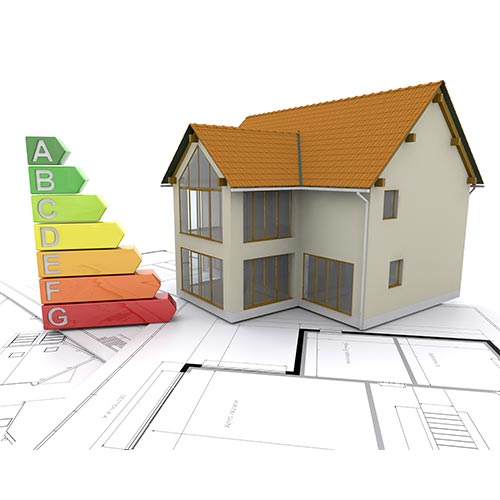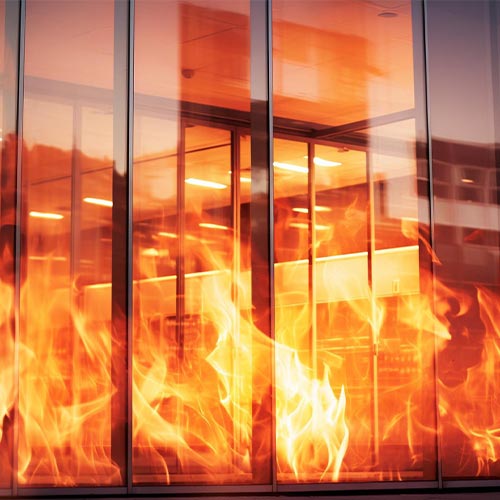As a responsible homeowner, there are times when you might find yourself faced with the task of asbestos abatement or removal. While asbestos abatement doesn’t always require a certification when the area involved is less than 100 square feet, it’s important to recognize that the risks associated with the job remain substantial.
Understanding the Risks: Cal/OSHA regulations oversee asbestos handling regardless of the scale. This includes even small amounts removed by homeowners, subject to strict transportation and disposal guidelines. Whether you’re handling a minor or extensive asbestos removal, knowing the risks and precautions is crucial to safeguard your health and the environment.
Making Informed Decisions: Before diving into asbestos abatement, whether as a DIY project or with professional help, it’s essential to be well-informed. Certified asbestos abatement contractors possess specialized skills, equipment, and compliance with state laws. Hiring a licensed contractor ensures that you won’t inadvertently expose yourself to dangerous asbestos fibers.
DIY Precautions: If you opt for a DIY approach, make sure to take all necessary precautions. Protective breathing equipment is a must to minimize your risk of inhaling asbestos fibers. The proper disposal of asbestos-containing materials is vital, even in small quantities. Adhering to guidelines is imperative to protect both yourself and the environment.
Notification and Regulations: The necessity of notifying the Air Quality Management District (AQMD) for asbestos abatement applies across the board, irrespective of the scale or type of abatement. The goal is to minimize the release of asbestos fibers, which are hazardous to both human health and the environment.
EPA’s Role: The Environmental Protection Agency (EPA) complements local regulations by overseeing asbestos abatement to protect human health and the environment. Their guidelines, in tandem with local regulations, create a comprehensive framework for safe asbestos management.
Stay Informed: Understanding specific requirements, notification procedures, and regulations related to asbestos abatement can vary based on factors such as the work type, location, and asbestos quantity. To ensure compliance, consult both local AQMD and the EPA for the latest information applicable to your situation.
A Shared Responsibility: Both AQMD and EPA regulations aim to prevent the release of asbestos fibers into the air. By adhering to these regulations, you’re not only safeguarding your well-being but also contributing to a safer environment for everyone.
In conclusion, when it comes to asbestos abatement, it’s essential to prioritize safety. While there are instances where certification might not be required for smaller jobs, recognizing the inherent risks and adhering to proper guidelines remains crucial. Whether you’re a DIY enthusiast or considering professional assistance, knowledge, precautions, and compliance are your best allies in ensuring a safer home and environment.
You might be interested in learning more about asbestos and its health risks. Speaking of asbestos, you might be interested in this Wikipedia article that delves into the history, uses, and dangers associated with this mineral. Additionally, if you want to understand more about the regulations and guidelines surrounding asbestos abatement, you can check out this article that discusses the legal aspects of handling asbestos. Both resources can provide valuable insights and information to help you navigate the challenges of asbestos abatement safely.




